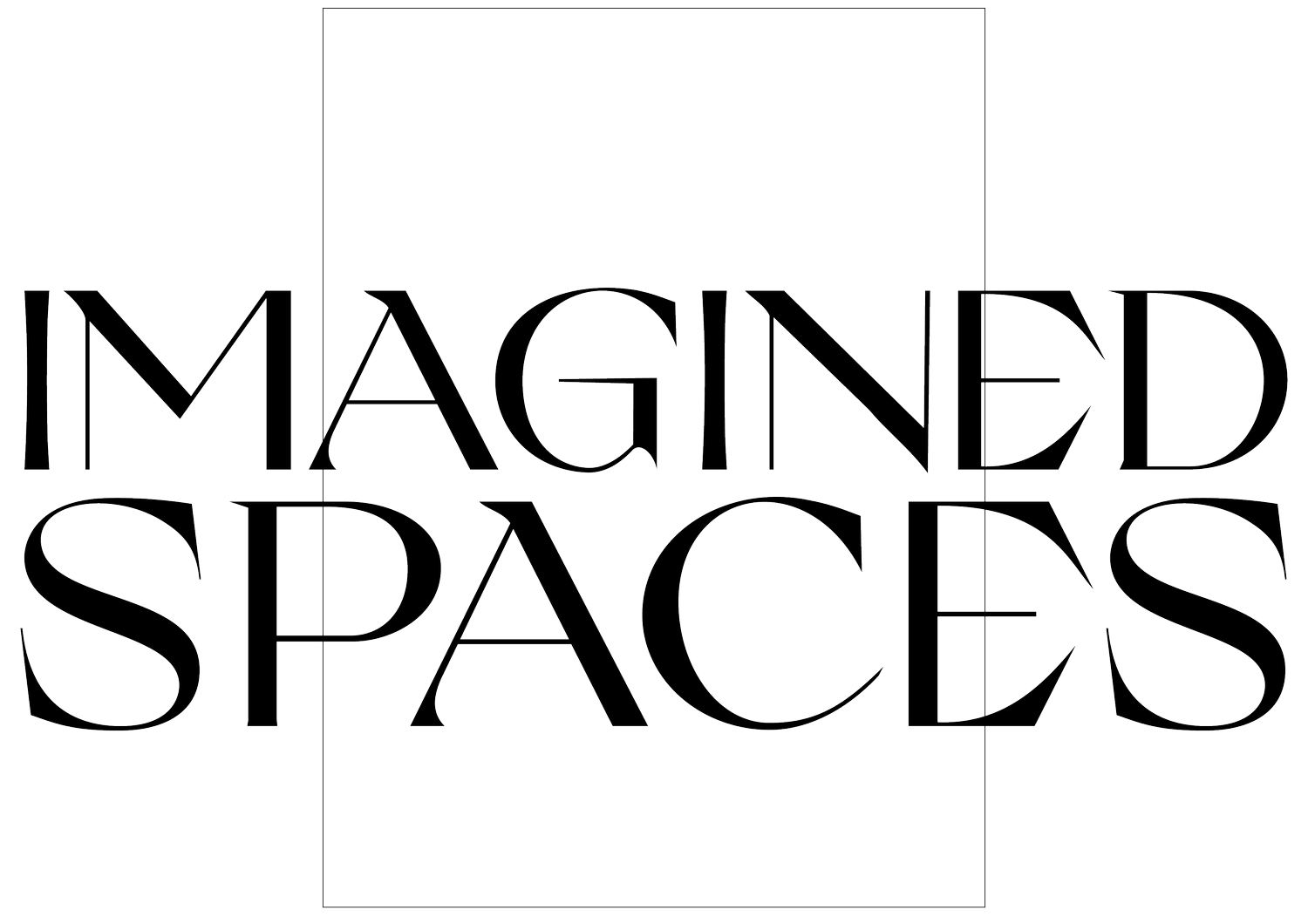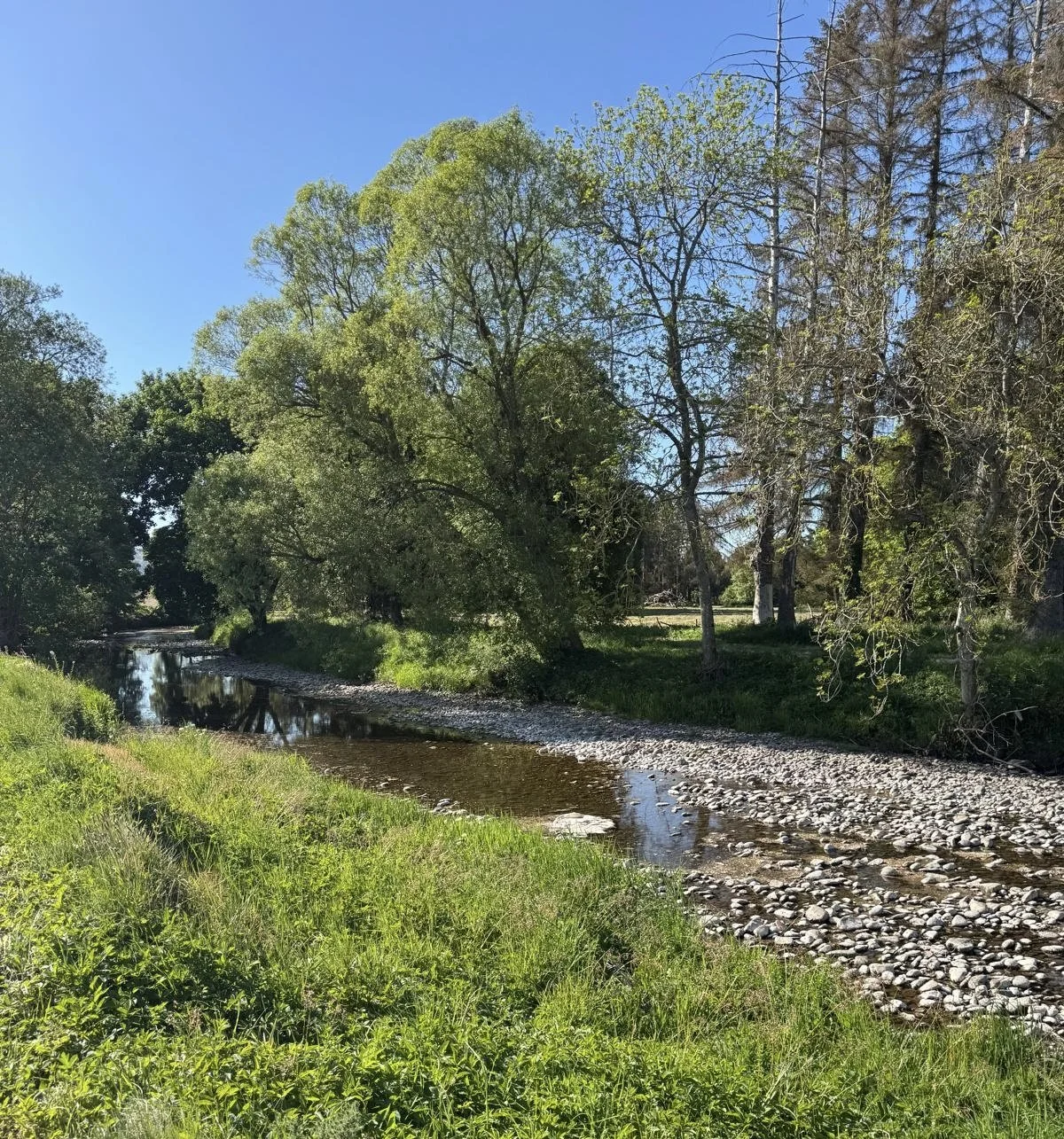‘Flight Path’
‘The true subject of every fiction is the artistic problem the writer has set himself.’ (Henry James)
This masterclass workshop by Kirsty Gunn started with an extract from her short story ‘Flight Path’ from Pretty Ugly (Rough Trade, 2024). It was designed to see how the reading of a short story extract might help engender more creative ‘essaying’ work, a hybrid of critique and short fiction or creative non-fiction. ‘Critical creative’ or ‘creative critical’ writing as it were. After reading an extract from ‘Flight Path’, Kirsty asked workshop participants:
How does this text affect you? How does it make you feel?
What is the first thing that appealed to you—in the writing, or the story?
What are the story's methods? Are these effective?
What works? Doesn't work?
From there participants were asked to lean into and write up their responses to the question that interested them most. Inspired by ‘Flight Path’, they were asked to note words that remind them of a significant place in their own lives. From those list of words, participants were then asked to write a short story (etc) about that favourite place—to imbue that writing with a sense that the place has changed somehow, and to use their reaction to the change that had taken place as the centre of the story. The writing was to be undertaken in first person (invented or real) but the place in question has to be real.)
From that point, participants were asked to lay both pieces of work side by side, and stitch them together, starting with the creative and then moving to the critical, or working the other way, or alternating and so on. Finally, participants were asked to respond to the text created in exactly the same way as they were asked in the first part of the exercise.
The finished piece of work (of roughly 750 words) would be one fairly seamless entity, combining all aspects of the above…
Here is Zoe Faloon’s work…
In that time, before the realities of the world impressed themselves upon me, I lived in a place imbued with magic—a place that felt utterly and entirely limitless. A place I thought to be eternal.
Within this familiar world existed a haven known intimately only by the few who chose to weave their lives into its tranquillity, a quality that I adored and came to resent in equal measure. When I invited friends to visit, that sleepy solitude served only as an embarrassment, a secret to be shuttered away. But now, as I return, having moved away, I appreciate all that I previously took for granted. Yet, no matter how I press myself in it—that place, that time, no longer exists, nor will it ever exist again.
*
I read Kirsty Gunn’s Flight Path: the descriptions that float throughout the story reawakened these memories. It exposed how the natural world had been something I took for granted. In my adolescence, its predictability seemed a snare—something tightening, suffocating—but now I realise my mistake and can see how the clouds and mountains and trees had rooted themselves so resolutely in me. How I craved their sanctity, their comfort, so much so that I could never imagine a world without them. For within them, there were promises. Promises of forever; of past and present knitted together in a vow of the future, where each sunset was a reminder of the sunrise to come.
But now, it is all gone.
*
It is odd…seeing a wild place become property. To watch as the magic of it is destroyed by the clinical formality of planning applications. Greens and blues, and browns condensed into the jet-black ink of pamphlets flooding through the door.
I knew then. Knew nothing we said or did would halt those crushing wheels of progress.
*
Flight Path’s unflinching approach to the exploitative disregard capitalism has for nature is suggested via the story’s vast mechanised imagery: energy-generating windmills juxtaposed against the delicacy and significance of the feather. It layers the dramatic scenery with the darkened mechanisation of human destruction. The juxtaposition of nature and machine jars—‘turbines like a forest of white columns’—bridging the gap between the two, and combining the natural and unnatural imagery in an eerie manner. It makes clear that our ideas of what the place should be are not its actuality. Cal’s grandmother serves as a stand-in for the reader having ‘grown up here, when there were still some villages and crofts left.’ The explicit removal of these aspects of place helps to destabilise our expectations of what the countryside is, contrasting memory and reality in such a way that urges this reader towards introspective reflection… the words on the page encouraging an interrogation of a world that has all but gone.
*
Change had seemed like an impossibility previously, but now, its tendrils strip the land bare. A carrion carcass to nourish the concrete and great, imposing frames of silvery metal. Man-made. Eternal, perhaps.
I remember…
The glasshouse heat of the car, ocean blue ahead in the windscreen, empty of clouds unmoored. The way back was longer than I had expected, our winding main road was closed, not shown even by satellite navigation. Though through the smudged glass, I could see, great behemoths lumbering over the pot-holed tarmac, crushing the place where I had learned to ride a bike and, the place just ahead where I had first fallen off... Plastic grew as weeds in wildflower verges, red squirrel carcasses rotting on an asphalt no man’s land and all my beautiful trees carted away in hearses…
All of it now gone.
*
In the story, Flight Path, nature is figured as something learned, something prescriptively taught within windowless classrooms, something found within the vellum binds of dusty books—to be pored over, coveted. The idea of the wild in Gunn’s story as something that exists only in memory hints at a dystopian world that seems to brush up against and meld with my own disillusionment…
This past now lives on in my memory. Every detail that my eyes once glossed over now a cherished thing. But they too will fade with time, blur around the edges and bleed out the colours—never dying, but still lost to time. Whether we realise it or not, these treasured memories will one day be all that remains of the world before.
*
Just as the feather arrives to announce the story of Flight Path, so too did it invite and encourage my own creative and critical response to its themes, asking me to reflect upon both a real and imagined place. Analysis of the story and exploring the memories evoked by it, also blurs the line between fiction and reality, and emphasises the power of literature to mediate upon real-world issues and also enter into the memory of my own life.
All too often, those who are most impacted by change cannot stop it. When I was a child, I could not do anything to save my home, the world of trees and hills. But hope should not be lost. For there are still places to love, havens to build your life around. Places that seem without limit, without time. Eternal.
Image provided by Zoe Faloon

